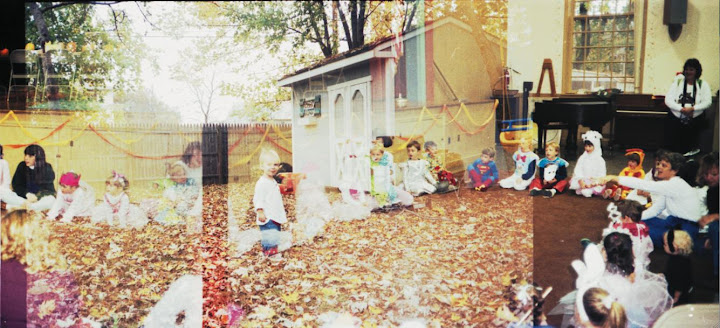
Paradis 2009
I might be bias towards photography but from all the shows in Chelsea, I found Juergen Teller's Paradis to be be favorite of the day. The print out for the show described a deep meaning from the dichotomy of the statues "perfect" form compared to the less- idealized physiques of the nude women. I preferred to ignore that and just admire the images themselves. What I found interesting in Teller's images was how the act of photographing these women immortalized them, similar to the statues. It seemed to be a play on photography, whether knowingly or unknowingly. The people who were sculpted are now held up high, placing their figures into a timeless space. Similarly, that seems to be how we use cameras now-a-days, to remember and glamorize our vacations and such.
But in the end, I guess what I saw into is what the print out says. Idolizing women (who may not have the "perfect figures") in photographs placed with idolized women who were sculpted (who had ideal figures for their time).
Two images that seemed to act as a diptych stood out to me.
(following two images act as a diptych)


They are two images taken in the same vicinity. One of which is a shot of a sculpture's legs and the other a shot of the same part of the sculpture but angled to make a nude model visible. I started to think about the space the photographer was in and how he took them but then I quickly started to compare the stature and the models figures. This diptych seems to be the most giving to his concept. In fact, this piece is the only in the exhibit that was very successful. What comes to mind is the following image:

I find it to be the lest successful of the body of work. Although his concept can be found in it, it is really only riding on the coattails of the other images. I can see someone arguing that without statues in the same environment as the models allows the models to act as sculptures themselves but, really, it is a weak image.
So although I did not fall in love with this exhibit I remembered it the most, I think, because it started a conversation with myself.






